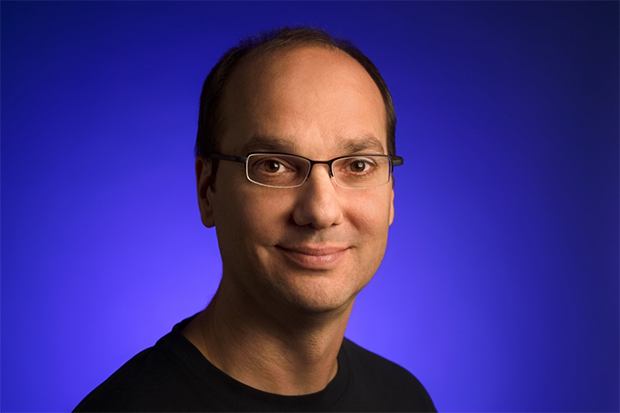
Many wondered what Andy Rubin would work on next when he stepped down from his role as Senior Vice President, Mobile and Digital Content in March. Effectively the head of Android, he made way for Sundar Pichai who now heads up both the Android and Chrome groups. At the time, Google would only say that Rubin would embark on a “new chapter at Google.” According to The New York Times, this new direction involves robots.
Google executives have described their company’s vision for robots as a “moonshot.” At the same time, the company appears to be quite serious about this project. It has acquired seven technology companies in the last six months alone. And if you had to pick someone to turn this moonshot dream into reality, Andy Rubin is not a bad bet.
Before turning Android into the dominant mobile mobile operating system, Rubin began his engineering career in robotics and worked as a robotics engineer at Carl Zeiss in the 1990s. “I have a history of making my hobbies into a career,” Mr. Rubin told The New York Times. “This is the world’s greatest job. Being an engineer and a tinkerer, you start thinking about what you would want to build for yourself.”
At this point, Google’s vision appears focused on manufacturing and supply chain management rather than consumer friendly projects. Unnamed sources suggest that Google is looking at increasing manufacturing automation in sectors like electronics assembly which remain very manual to this day.
Google is already heavily involved in robotics. Aside from its self-driving cars, it is also looking at automating its new Google Shopping service which offers package delivery in a number of urban areas.
Google and Rubin have a lot of work ahead of them. They have yet to decide whether this new endeavour will be a new product group inside Google or a separate subsidiary. But Rubin is already putting together his team, hiring roboticists as well as other Google staff. “Like any moonshot, you have to think of time as a factor,” Mr. Rubin explained. “We need enough runway and a 10-year vision.”
Source : The New York Times
